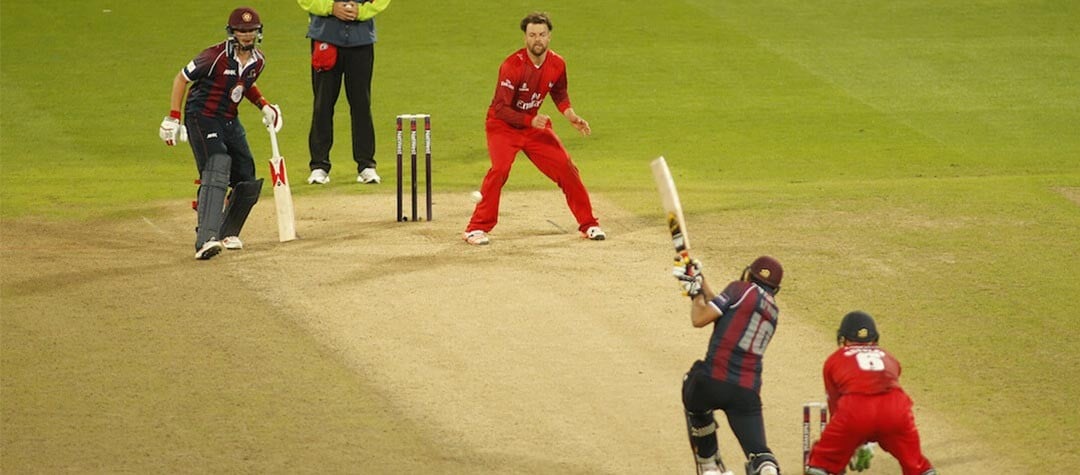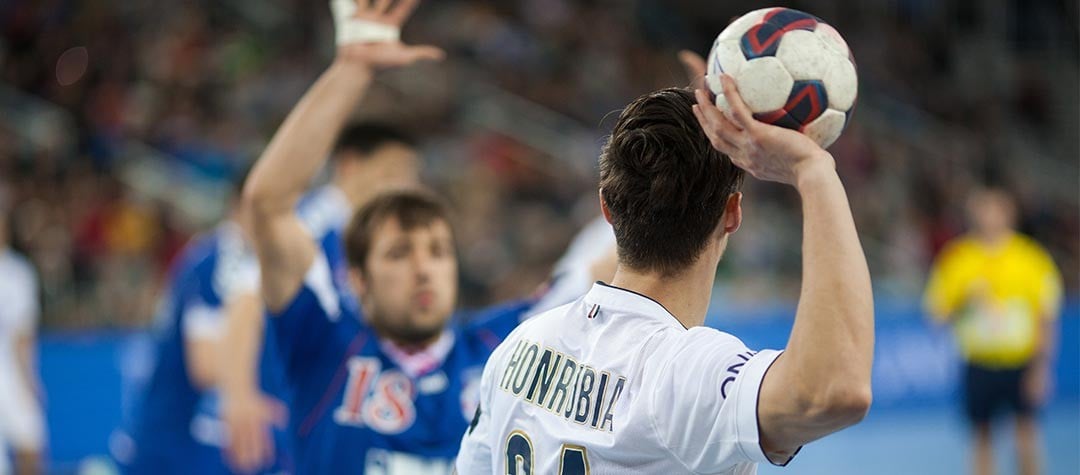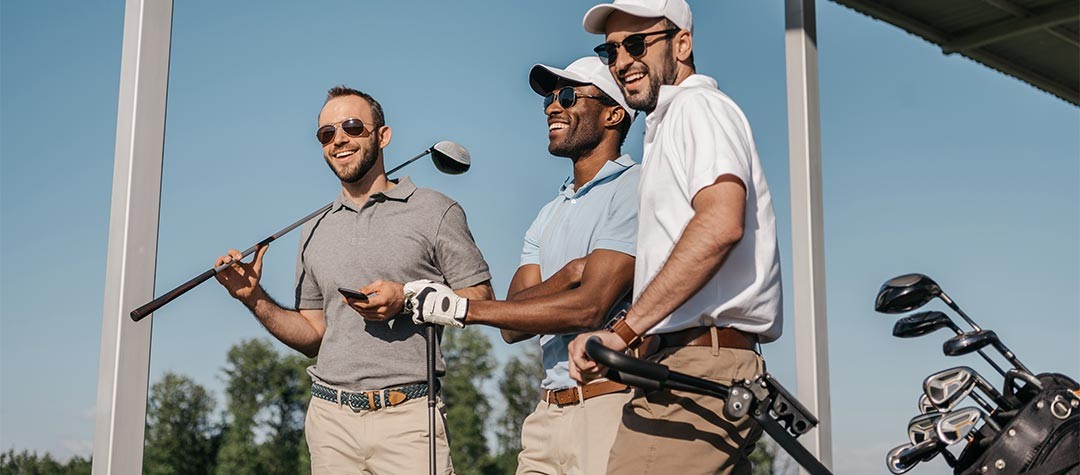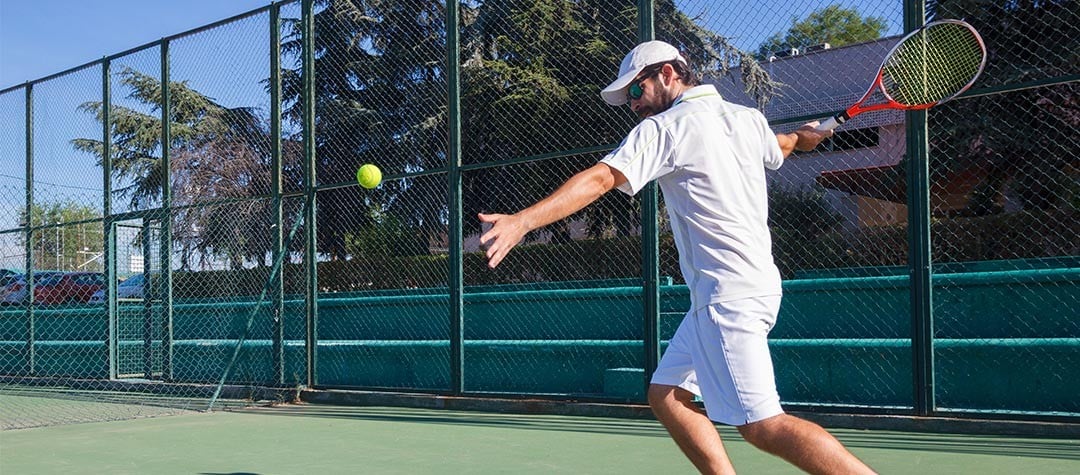Box clever with our basic boxing skills guide including including tips on stance, footwork, punching and other boxing techniques.
When starting out, boxers will usually first be taught how to fight at a distance, also known as ‘outfighting’, rather than getting in close where they are more likely to be hit. The skills used here include arm's-length punches and quick footwork to enable the boxer to deliver a blow before their opponent can respond. It is the best way to tire out and attack an opponent, and lessens their chance of a counterattack.
The following boxing techniques are described for right-handed boxers (if you are a left-handed or a ‘southpaw’ boxer then use the opposite arm or leg to what is being described).
Good boxing stance
The importance of a good stance cannot be stressed enough. A good stance provides balance, and is a key to both attacking and defensive techniques.
Boxers should be able to throw a punch without losing their balance. Being off balance allows an opponent to get in with their own blows. To assume a good boxing stance, you need to do the following:
-
Stand sideways to the target, so that you lead with the shoulder opposite that of your strong punching hand. A right-handed boxer should point their left shoulder toward the target.
-
Feet should be kept shoulder width apart, then step forward one pace with the left foot and line up the heel of your left foot with the toes of your other foot.
-
Turn both feet at a 45 degree angle to your target. Your weight should be evenly distributed to provide a firm, steady platform.
-
Bend your knees and hips slightly, keeping your back fairly straight and lift your back heel off the floor, no more than about 7.5cm (3in).
-
Tuck your elbows in close to your sides and raise your forearms so that they shield the chest.
-
Hold the left glove out at shoulder height and keep it far enough out to attack, but close enough to draw back quickly in defense.
-
The right glove should be held underneath the chin with the wrist turned inwards.
The golden rules of boxing footwork
Good footwork is important to enable the boxer to defend or attack from a balanced position. The golden rules of boxing footwork are as follows:
-
Keep the weight balanced on both feet.
-
Keep your feet apart as you move to maintain good balance.
-
Move around the ring using short sliding steps on the balls of your feet.
-
Never let your feet cross.
-
Always move the foot closest to the direction in which you want to move first.
The key to good footwork is speed, and this can be enhanced by improving fitness, with particular attention to the legs. One good activity for improving fitness, used by many boxers, is skipping.
Punching
There are four main punches in boxing:
-
Jab — a sudden punch.
-
Cross — a straight punch.
-
Hook — a short side punch.
-
Uppercut — a short swinging upward punch.
The jab (left jab)
This is the simplest but most-used punch in boxing, and likely to be the first punch any beginner would learn. The jab can be used both for attack or defense, and is useful to keep the opponent at bay to set up bigger blows.
-
Hold your left hand up high with your elbow in close to your body.
-
Aim for the opponent's chin with the back knuckles.
-
Rotate the arm so that the punch lands with the thumb making a small clockwise turn inwards.
-
Slide the left foot forward before impact and snap the hand back ready to deliver another jab.
-
The chin should be dropped to the shoulder to protect it, and the right hand held high ready to block any counter punches.
The cross
A ‘straight right’
This is the most powerful and damaging punch, but it may leave the boxer open to a counterattack if it fails to connect. It is best used in a combination of punches, usually after the opponent’s defense has opened up after being hit with a good left jab.
-
Drive off the back foot and pivot the hips and shoulders into the punch for maximum power.
-
Straighten the right arm so that it is at full stretch on impact.
-
Keep the left hand in a guarding position to avoid a counter.
A ‘straight left’
This is a good way of keeping an opponent on the back foot.
-
From the basic stance simply straighten your left arm and twist your hips and shoulders into the punch.
-
The first will automatically twist so the knuckles are up and the palm downwards just before impact.
-
If there is room, slide the left foot forward for the blow, but quickly bring up the right foot to maintain balance.
Hook
The hook comes from the side so can catch the opponent unaware as it initially comes from out of their vision. The hook requires the boxer to arch and turn their body into a punch. It can be made with either the left or right arm.
A right hook
-
Bring the chin down to the inside of the left shoulder to protect it.
-
Pivot the toes, hips and hand in the direction of the punch.
-
Turn your hand over so that at the point of impact, the palm faces down.
Uppercut
The uppercut can be a great knockout punch and is delivered at close quarters. It comes up from underneath, has an element of surprise, and is usually aimed at the jaw with either hand. One drawback is that if it doesn’t take the opponent out, there is a big chance they will be able to deliver a counterattack.
-
To make a right uppercut, transfer the weight onto the right foot and twist the shoulders and hips to the left, bringing the right first directly up into the target.
-
Leaning back too much will send the boxer off balance.
Conclusion to boxing techniques
While a right-handed boxer will obviously favour their right hand as it will be their strongest, they should be prepared to work with both hands. In any case, the jab — the most frequently used in a bout — for a right hander will be with the left hand, while he prepares to get through with a big right handed shot.
Here we have focused on just a few of the basic punches from the point of view of a right hander, but the boxer must remember that a left hook or left uppercut, for example, can be just as effective given practice. In some circumstances, it may even be a good tactic for the boxer to change stance and fight as if he were a left-handed boxer.














